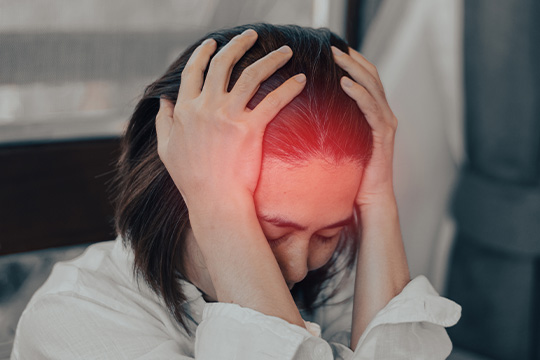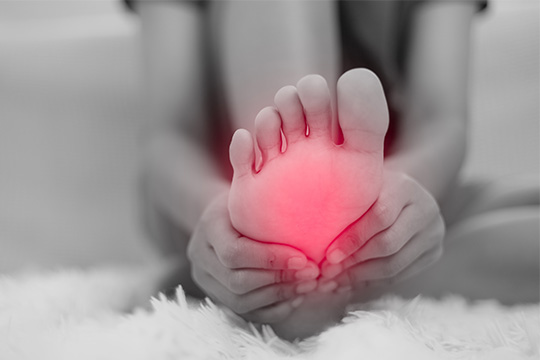Home > Disease and Treatments > Vertigo and Balance Disorder: What you need to know
Vertigo and Balance Disorder: What you need to know
What is Vertigo?
Vertigo is a common yet distressing sensation that affects millions of people worldwide. Often described as a feeling of spinning or dizziness, vertigo can significantly impact a person's quality of life and daily activities.
What are the symptoms of Vertigo?
Vertigo is characterized by a false sensation of movement or spinning, which can vary in intensity and duration. Common symptoms of vertigo include :
- Spinning sensation
- Loss of balance or coordination
- Nausea or vomiting
- Sweating or clamminess
- Headaches or migraines
- Ringing in the ears (tinnitus)
- Hearing loss or changes in hearing
Causes of Vertigo
Vertigo can be caused by various factors, including:
Benign Paroxysmal Positional Vertigo (BPPV)
The most common cause of vertigo, BPPV occurs when tiny calcium particles (canaliths) in the inner ear become dislodged and stimulate the inner ear's balance sensors
Vestibular Neuritis
An inflammation of the vestibular nerve, typically caused by a viral infection, leading to sudden vertigo episodes.Vestibular nerve is responsible for balance and eye movements
Migraine-Associated Vertigo
Some individuals experience vertigo as a symptom of migraines, often accompanied by headaches, nausea, and sensitivity to light and sound.
Inner Ear Infection
An inner ear infection or inflammation results in vertigo, hearing loss, and imbalance.
Trauma or Head Injury
Head injuries can damage the inner ear or vestibular nerve, leading to persistent vertigo symptoms
Medications
Certain medications, such as antibiotics, antidepressants, and anticonvulsants, may cause vertigo as a side effect.
Treatment Options for Vertigo
Treatment for vertigo depends on the underlying cause and severity of symptoms. Common treatment options include:
Canalith Repositioning Maneuvers
A series of head movements used to reposition dislodged canaliths in the inner ear. BPPV occurs when tiny canalith particles, also known as otoconia, break loose and fall out of place. It is common for them to move into the semicircular canals of the inner ear. Vertigo can result from this, making you sensitive to movement.The canalith repositioning procedure can move these particles to a part of the ear where they won't cause dizziness. The procedure uses several simple head movements.
Vestibular Rehabilitation Therapy (VRT)
A customized exercise program aimed at improving balance, reducing dizziness, and enhancing the brain's ability to compensate for inner ear deficits.
Medications
In some cases, medications may be prescribed to alleviate vertigo symptoms.
Lifestyle Modifications
Avoiding triggers such as caffeine, alcohol, and tobacco, practicing stress-reduction techniques, and maintaining a healthy diet and exercise routine can help manage vertigo symptoms.
If you're experiencing vertigo or related symptoms, it's essential to consult with a healthcare.Royal Care Hospital in Coimbatore is a multi-specialty hospital that offers a variety of departments. The hospital has experts who can help treat vertigo and balance disorders.
Disclaimer
The above blog is for information purposes only. We recommend contacting experts for diagnosis and treatment for Vertigo
Appointments must be made 24 hours in advance.
Book an AppointmentRECENT BLOGS

Cardiovascular disease remains the leading cause of mortality worldwide, accounting for ne...
Read More
Headaches are among the most common ailments people experience, but not all headaches are ...
Read More
Living with diabetes means taking extra care of your health and one of the most important ...
Read More
